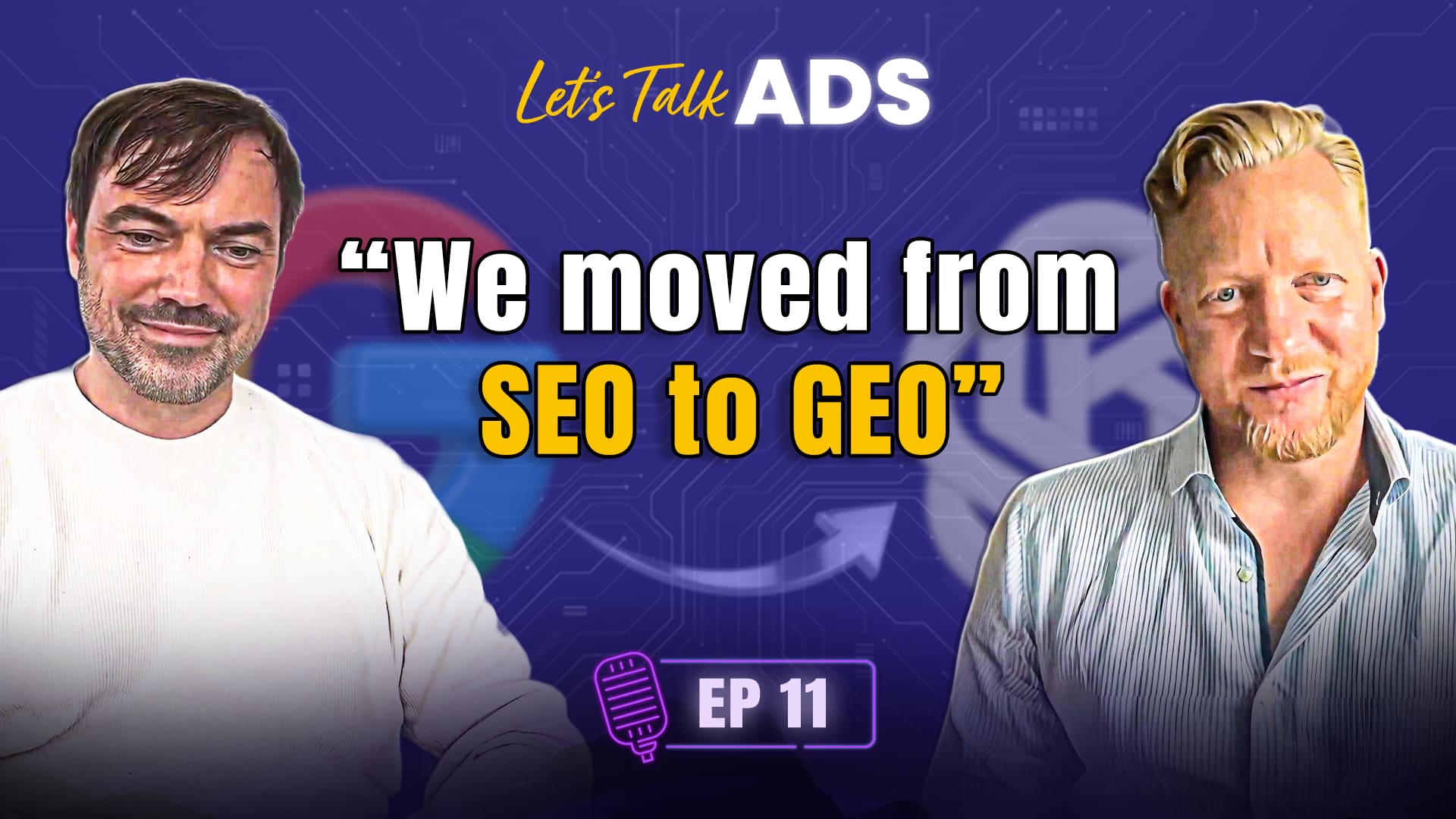“Performance marketing” refers to online advertising in which businesses only pay for results (such as a click, a sale, or a lead). Pay-per-results (P.R.) Advertisers build and run ads on social media, search engines, videos, and other channels using performance marketing. These companies pay for advertising depending on the number of clicks, impressions, shares, and purchases.
Table of Contents
What Platforms for Performance-Based Marketing Can Teach Digital Marketers
Performance marketing only pays providers (affiliates, newspapers, networks, influencers, etc.) when they do something or reach a goal. As an advertiser, you’re in a great position if you can focus your marketing money on performance-based projects. Also, invest in performance marketing platforms in 2022. They measure and evaluate marketing analytics, including leads, conversions, and clicks. Using the performance marketing tools below, you can figure out your cost-per-acquisition (CPA), give it credit, and use it to improve your marketing efforts. The dashboards, analytics, and monitoring capabilities of these performance marketing solutions let you view your whole campaign in one location. Every activity’s Impact on brand awareness, sales, leads, etc., is evident. However, the performance of your advertising platforms is also essential. You’ll want one that helps you get the most out of your efforts and gives you a lot of information about how well they’re doing. Learn More: Ad Budget Calculator
How to Launch a Performance-Based Advertising Campaign
A performance advertising campaign is created similarly to any other advertising campaign. However, we’ve laid out a general procedure to serve as a jumping-off point.
Get focused on a single objective
Do you need to get the word out about a brand-new service or website to ten thousand potential customers? Do you want to increase the number of people who subscribe to your newsletter by tenfold? It is essential to learn about the various pricing models for performance marketing (which we do below) to choose which will provide the best return on investment (ROI) in light of your specific objective.
Choose the best mediums for achieving your goals
If you want to know which marketing channel to handle and how to approach it, you need only look at your objectives and the habits of your target audience. We’ll go through the five most popular channels for performance advertising after the break.
Make sure your material is ready to go before you launch it
What you put out there to draw in an audience may vary depending on the performance marketing platform you decide to use. It may be text for a search ad, an image for a display ad, or a blog post for native advertising, all linking to the same landing page.
Always keep an eye on metrics and tweak your strategy
It is essential to keep an eye on your campaign’s success over time by evaluating data and keeping tabs on the highest traffic and sales sources, then altering your strategy appropriately.
Think critically and adjust your goals as necessary
Review how the campaign turned out concerning your original goals, and then make any changes you find. Learn More: Performance-based Marketing Agency
Performance-based advertising techniques
Keep reading to learn more about the best performance marketing channels and how they may help your business. When it comes to performance marketing, you may choose from a few different payment structures:
Pricing on a per-click basis (CPC)
The cost to the advertiser is determined by how many times the ad is clicked. The increased visibility will undoubtedly result in more visitors to your site.
CPM (cost per view)
Simply put, impressions are the number of times your ad is seen. With CPM, you pay a flat amount multiplied by the number of impressions received (so if 25,000 people saw your ad, you’d spend your regular rate times 25).
The margin of Profit on Product Sales (CPS)
When using CPS, you only pay for ads that result in a sale. Affiliate marketing makes extensive use of this framework.
Lead Acquisition Expense (CPL)
Cost per lead is like cost per sale: you pay when someone joins your mailing list or attends your webinar. CPL generates leads, which leads to better customer follow-up and, in the end, more sales.
Acquisition Expenses (CPA)
CPA is, in many ways, a broader version of CPL and CPS. In this setup, marketers only pay when users do a particular task (which could include making a sale, sharing their contact information, visiting your blog, etc.)
Performance Marketing Channels
Successful marketing flows through performance-based channels. Several digital marketing platforms are suitable for implementing performance marketing strategies. We’ve outlined them and included typical costs below.
Digital Marketing
Various types of digital marketing are included in the category of “display advertising,” such as banner advertisements, rich media, and more. Most of this display advertising is visual; however, some may include audio or video. Programmatic display advertising isn’t often considered a performance marketing channel due to its poor click-through rates. But when marketers use more targeted methods, like running display ads only on websites relevant to the context and where people in the market often go, the performance marketing channel works better. For websites like blogs and periodicals, display advertising is a common technique to make money. CPC and CPM are two common pricing strategies. The typical cost per click for an ad on Google’s Display Network is less than $0.58.
Promoted Content
A native ad, in contrast to a display ad, will look and feel more natural in its context. This is because the user will feel your ad belongs there since it is designed, written, and formatted similarly to the surrounding unpaid content. Buzzfeed is a site that many people immediately think of when they hear the term “native advertising.” Sponsored pieces are published on Buzzfeed and shared by the company’s social media staff, so advertisers try to make them seem like the site’s original material. The cost per thousand impressions (CPM) of native advertisements varies widely based on factors such as the specific market, target audience, publisher, and success rate of the ad campaign. Taboola’s native ad CPMs may go for as little as 30 cents or as much as $5. Pricing Models Commonly Used in Practice
Advertising in Search Engines
You may increase brand awareness and attract new consumers by placing advertising in response to user queries on search engines like Google, Bing, and Yahoo. A wide variety of companies may use ads on search engines; you may have benefited from one while looking for a new restaurant or outfit. Common types of price structures: CPC. AdWords on Google’s search network typically cost about $2.32 per click. The average CPA for a search advertising campaign on Google is $59.18.
Promoting Your Business Through Social Media
Advertising on social networking sites like Facebook, Twitter, and LinkedIn may help your business get more attention online, increasing your website’s traffic and client base. Standard pricing models include cost-per-click, cost-per-mille, cost-per-view, and cost-per-action. If you want to advertise on Facebook, you can expect to pay about $10 per thousand impressions (CPM) and $1.72 per click. However, the CPM on Instagram is closer to $5.
Affiliate Marketing
When you use affiliate marketing, you pay a partner money or other goods for bringing in a certain number of customers or completing a certain number of leads for you. Think of a famous blogger in your field who has formed partnerships with several businesses; that’s an excellent example of affiliate marketing in action. Affiliates can range from well-known bloggers and social media influencers to coupon websites and deal aggregators. Buyer behavior might affect who is the best affiliate partner for you.
Benefits of Performance Marketing
Several positive outcomes may be attained with performance advertising initiatives. One of the principles of performance marketing is the precise measurement of marketing ROI, so they are simple to monitor. As a by-product of their emphasis on measurable outcomes, campaigns of this kind tend to carry less danger. The focus on return on investment (ROI) in these campaigns helps allocate resources.
Extended Potential
By capitalizing on the advantages of digital marketing, such as rapid dissemination and extensive market coverage, performance marketing helps your company effectively promote its products and services. Ultimately, you will be able to reach a more comprehensive and more varied (segmented) customer base. To maximize content-to-sale conversion, choose whatever platform is most suited for the particular content/action you’re trying to do.
Budget-friendly
If a customer takes the desired action, a company that uses performance marketing will pay for it. That’s why it’s such an excellent approach for companies on a shoestring budget: it’s efficient and productive. One way to ensure that money is wisely spent is to only pay for outcomes.
Observable and quantifiable
Now you can monitor every click instead of making educated guesses about which push strategy or content type might be most effective. Since this gives you real-time data, you can quickly determine how well your marketing efforts are doing and your return on investment. In contrast to conventional methods, performance marketing requires your company to pay only for the outcomes you want, while also allowing you to measure and optimize your results and reach. Incorporating performance marketing into an organization’s broader marketing strategy is a smart move that will yield positive results for the business.
Limitations of Performance Marketing
Historically, performance marketing may be traced back to the far older field of direct response advertising (typically in newspapers or direct mail). It may be helpful to think of performance marketing as “digital direct mail advertisements” to grasp its limits better.
- Neglects brand development. Targeting the subset of your market most likely to convert and nurture them via many touchpoints is at the heart of performance marketing. This tactic is less than ideal if you want to present your business to a broad audience.
- Brand dilution potential. In performance marketing, the emphasis is on getting people to do something. That is, nearly every performance ad will have some call to action (such as “Learn more,” “Claim an offer,” “Shop styles,” etc.). An overabundance of performance marketing may dilute a brand’s message and cause consumers to tune out, which is problematic for companies seeking to increase brand equity (or buzz).
- Overconfidence in assigning blame. Although performance marketers have made progress, they still lack a foolproof method for determining how much money their advertising has brought in. Recent shifts in privacy regulations are to blame partly because: To prevent advertisers from tracking their users’ every move, many browsers hide this information. Meta’s “Results” reporting is now called “Estimated Results,” according to Apple’s iOS 14 Update. Campaign decisions are increasingly being informed by holistic reporting models like MER, which build on CAC and CLTV.
Millions of retailers have relied heavily on performance marketing as their primary strategy for expanding their operations. You can join its ranks if you know how to use its primary levers, channels, and pitfalls.
Takeaway
Using performance marketing channels lets you expand your advertising without going over budget, which is appealing given the future of digital marketing. Performance marketing is a clever method to reach out to and learn about more people. More advantages follow. Performance marketing strategies like native ads, affiliate ads, and sponsored social media content could help your business grow.





